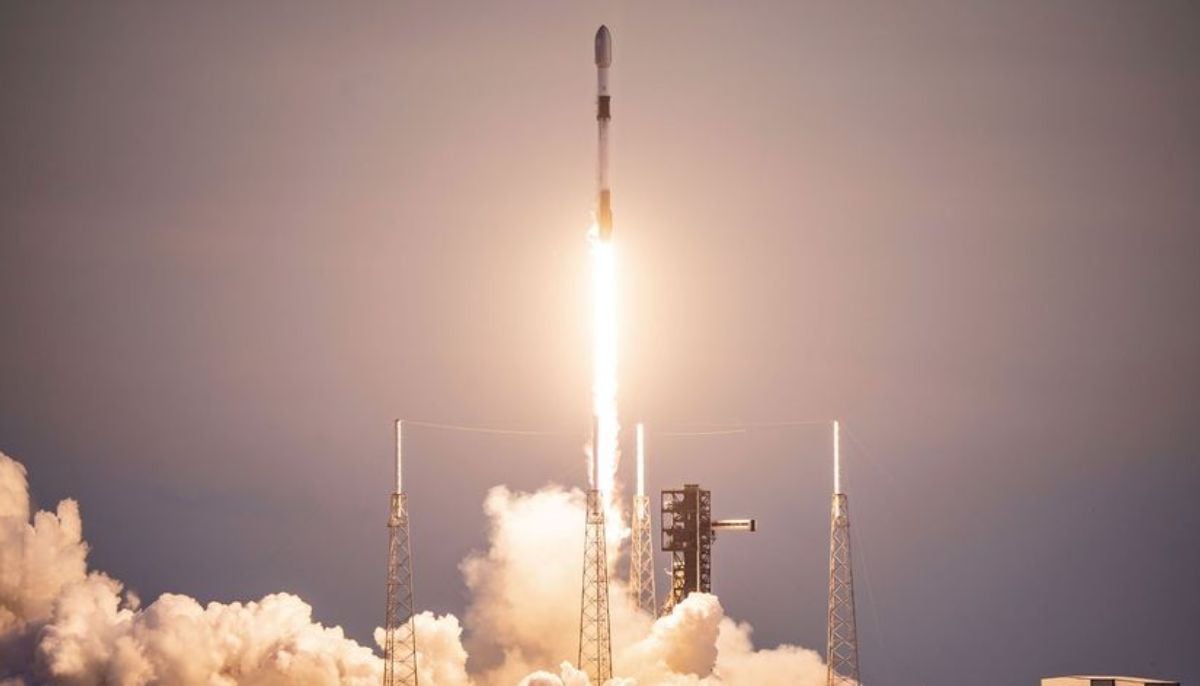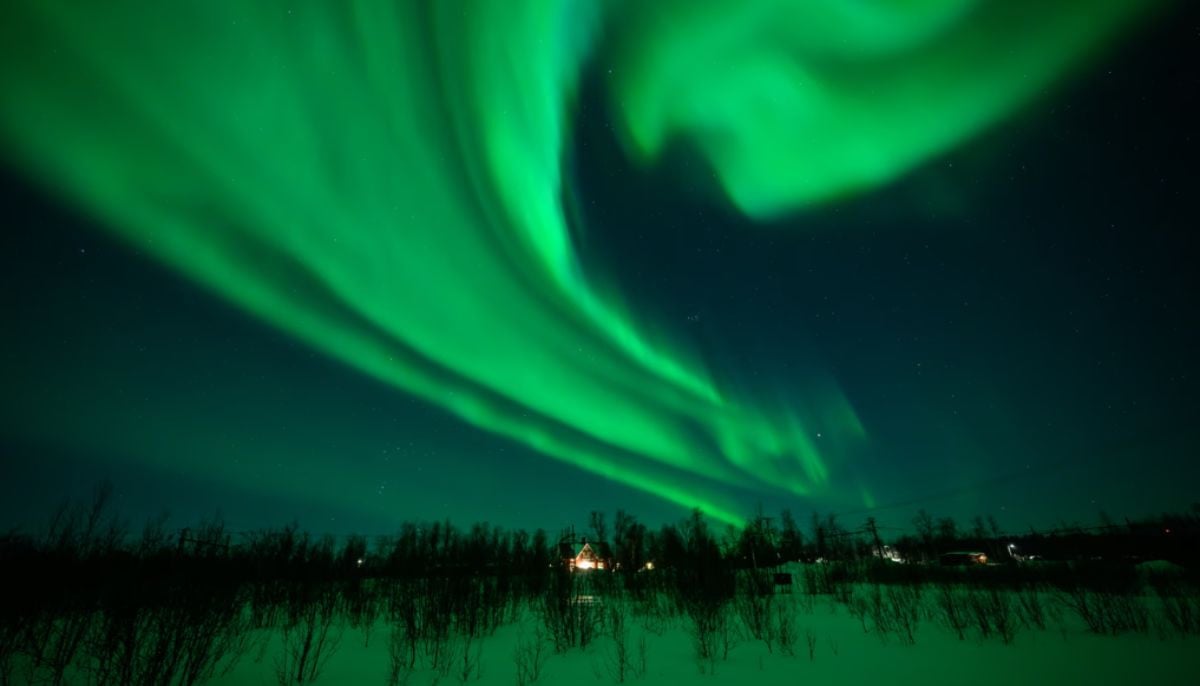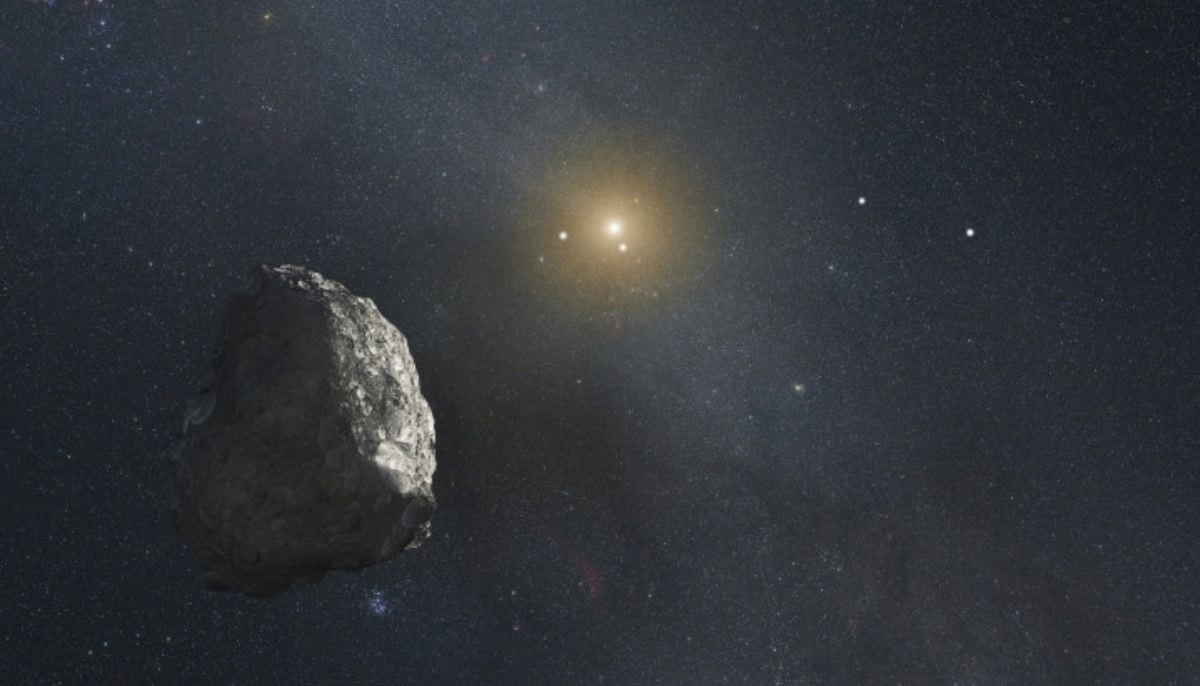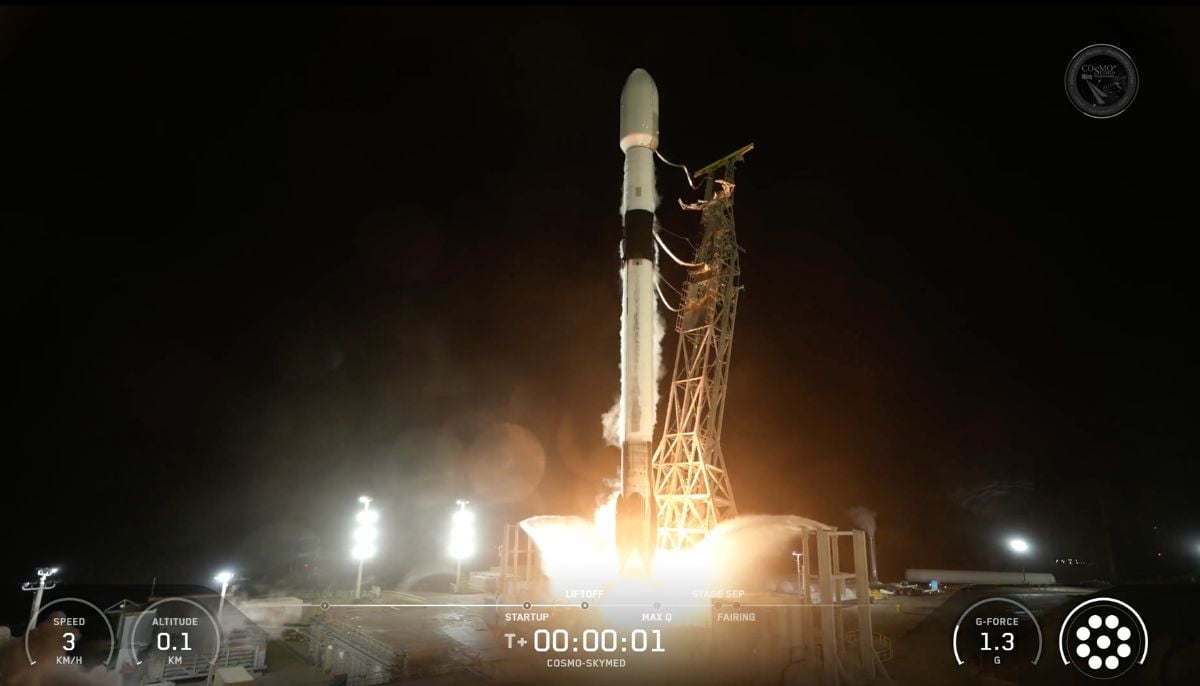Astronomers have begun analysing the first cosmic images from Chile’s Vera C. Rubin Observatory, which houses the world’s largest digital camera, to explore the solar system’s formation and monitor asteroid threats to Earth.
Located on Pachon Hill in the northern region of Coquimbo, the 8.4-meter (27-1/2-foot) telescope has a 3,200-megapixel camera feeding a powerful data processing system.
"It's really going to change and challenge the way people work with their data," said William O'Mullane, a project manager focused on data at Vera Rubin.
The observatory detected over 2,100 previously unseen asteroids in 10 hours of observations, focusing on a small area of the visible sky. Its ground-based and space-based peers discover in total some 20,000 asteroids a year.
O'Mullane said the observatory would allow astronomers to collect huge amounts of data quickly and make unexpected finds.
"Rather than the usual couple of observations and writing an (academic) paper. No, I'll give you a million galaxies. I'll give you a million stars or a billion even, because we have them: 20 billion galaxy measurements," he said.
The centre is named after American astronomer Vera C. Rubin, a pioneer in finding conclusive evidence of the existence of large amounts of invisible material known as dark matter.
Each night, Rubin will take some 1,000 images of the southern hemisphere sky, letting it cover the entire southern sky every three or four nights. The darkest skies above the arid Atacama Desert make Chile one of the best places worldwide for astronomical observation.
"The number of alerts the telescope will send every night is equivalent to the inboxes of 83,000 people. It's impossible for someone to look at that one by one," said astrophysicist Francisco Foster.
"We're going to have to use artificial intelligence tools."
-
Watch: Beautiful northern lights dazzling over Greenland's skies
-
Wildfires are polluting our environment more than we thought: Find out how
-
3I/ATLAS flyby: Why is Jupiter’s 96th Moon drawing intense scientific interest?
-
NASA spacewalk 2026: Medical issue prompts rare talk of early ISS crew return
-
Comet 3I/ATLAS: Scientists examining images they cannot easily explain
-
Wolf Moon 2026: Will the full moon outshine the Quadrantid meteor shower?
-
SpaceX mission 2026: The Italian radar satellite takes its first orbital flight
-
Solar Eclipse 2026: When and where Europe will see total eclipse












